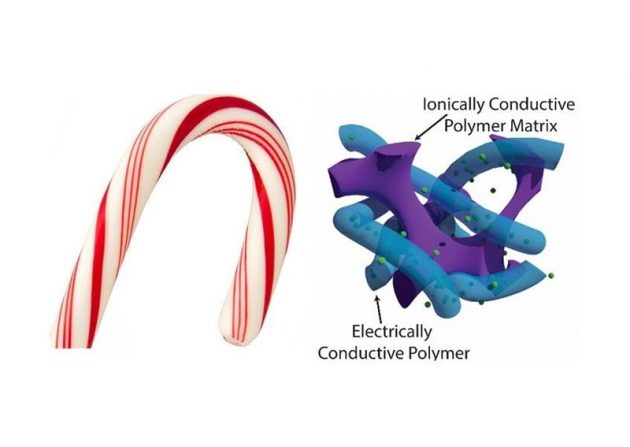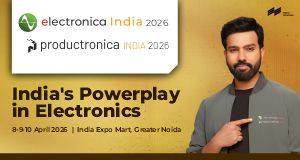By Peggy Lee
A polymer electrode developed by researchers at the Queen Mary University of London and the University of Cambridge achieves energy storage close to the theoretical limit but also demonstrates flexibility and resilience to charge/discharge cycling.
The team claims the technique could be applied to many types of materials for supercapacitors and could enable fast charging of mobile phones, or power electronics in smart clothes, implantable devices, soft robotics and other IoT devices.
According to the researchers, the problem with polymer supercapacitors is that the ions necessary for the chemical reactions can only access the top few nanometers below the material surface. Growing polymers as nanostructures are one way to increase the amount of accessible material near the surface, but this can be expensive, hard to scale up, and often results in poor mechanical stability.
The researchers, however, claim to have developed a way to interweave nanostructures within a bulk material, thereby achieving the benefits of conventional nanostructuring without using complex synthesis methods or sacrificing material toughness.
“Our supercapacitors can store a lot of charges very quickly because the thin active material is always in contact with a second polymer which contains ions,” project leader, Stoyan Smoukov, explained.
“This interpenetrating structure enables the material to bend more easily, as well as swell and shrink without cracking, leading to greater longevity.”
The group created a combinatorial route to multifunctionality using interpenetrating polymer networks in which each component can have its own function, rather than using trial-and-error chemistry to fit all functions in one molecule.
This interpenetration technique is said to increase the material’s surface area, or more accurately the interfacial area between the different polymer components.
Article Courtesy: www.newselectronics.co.uk







